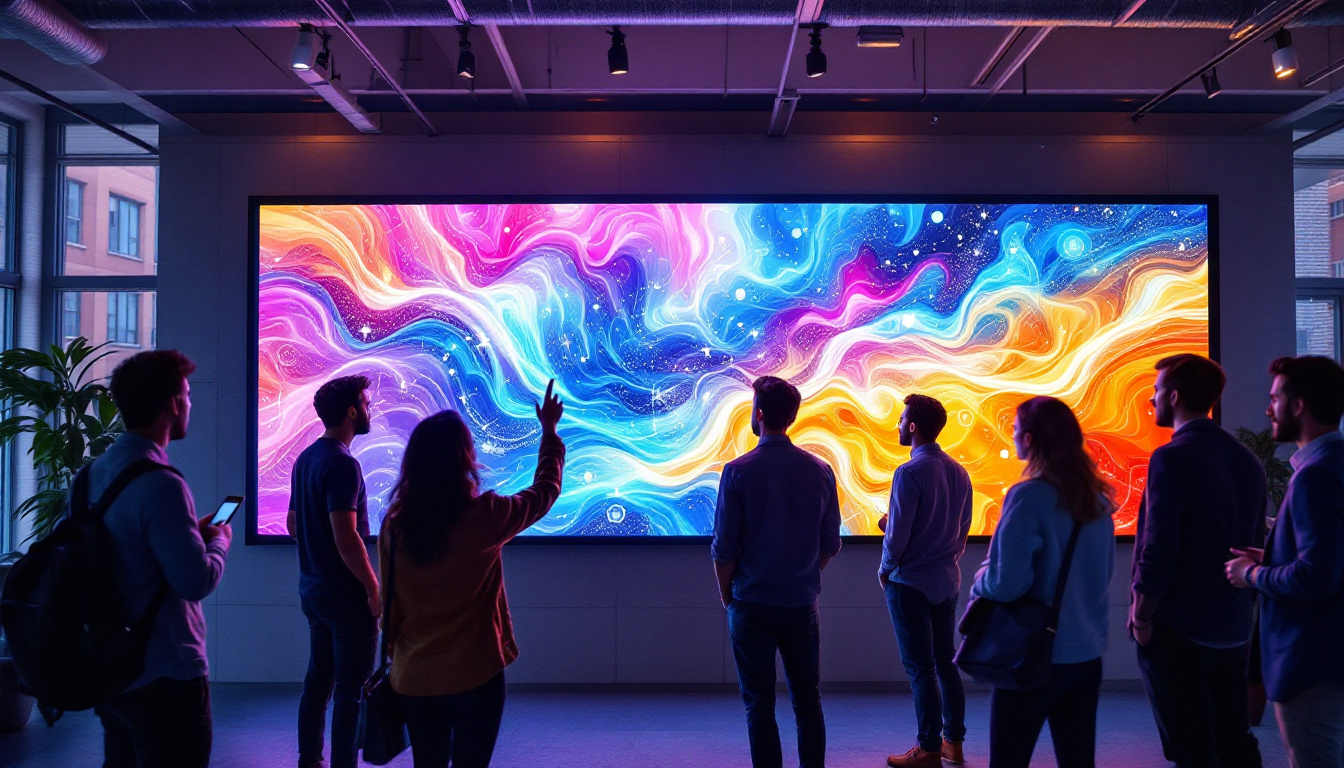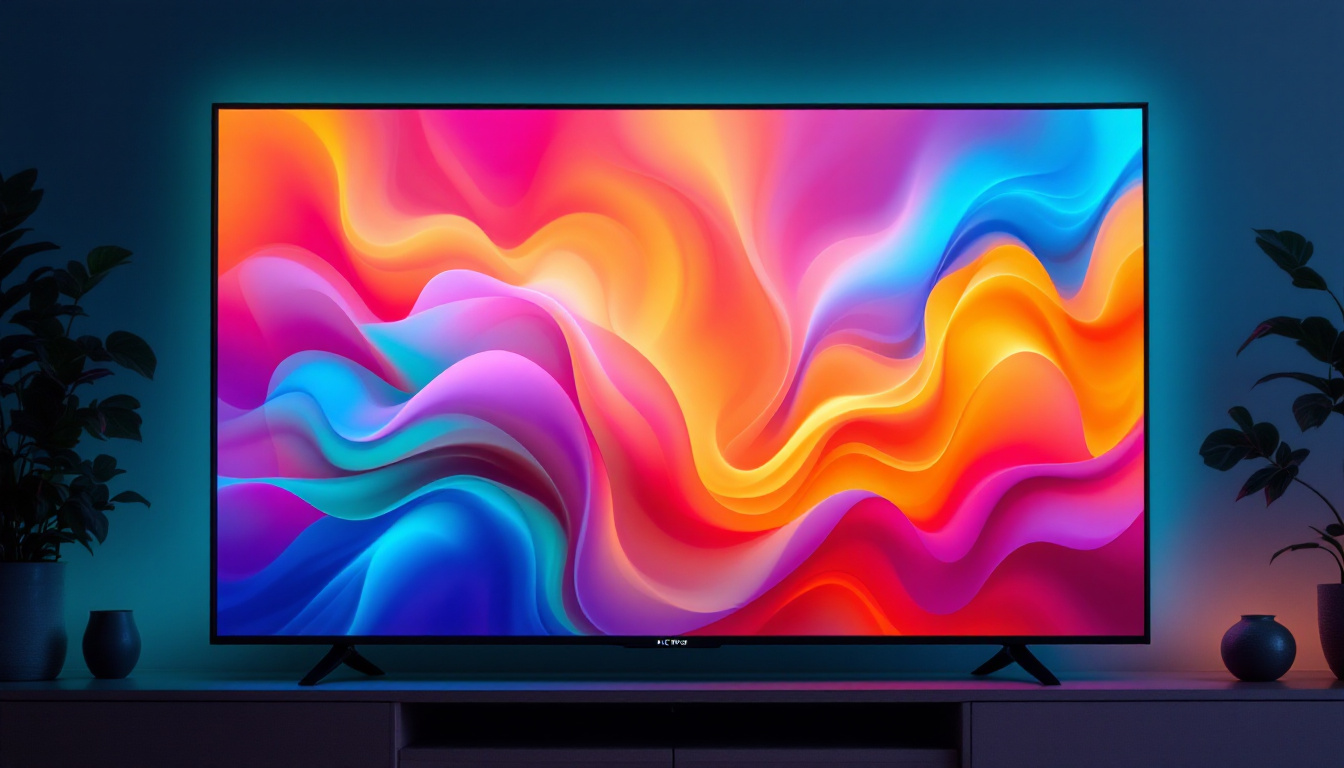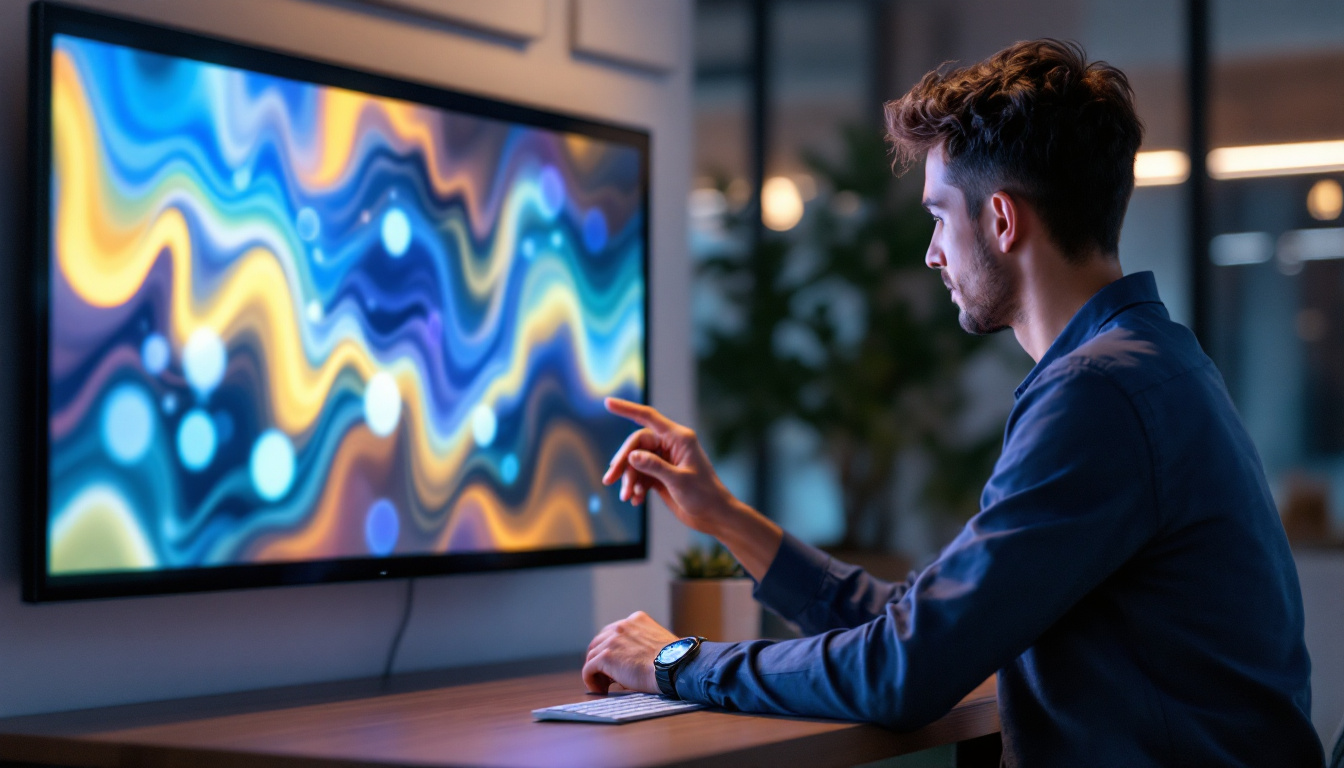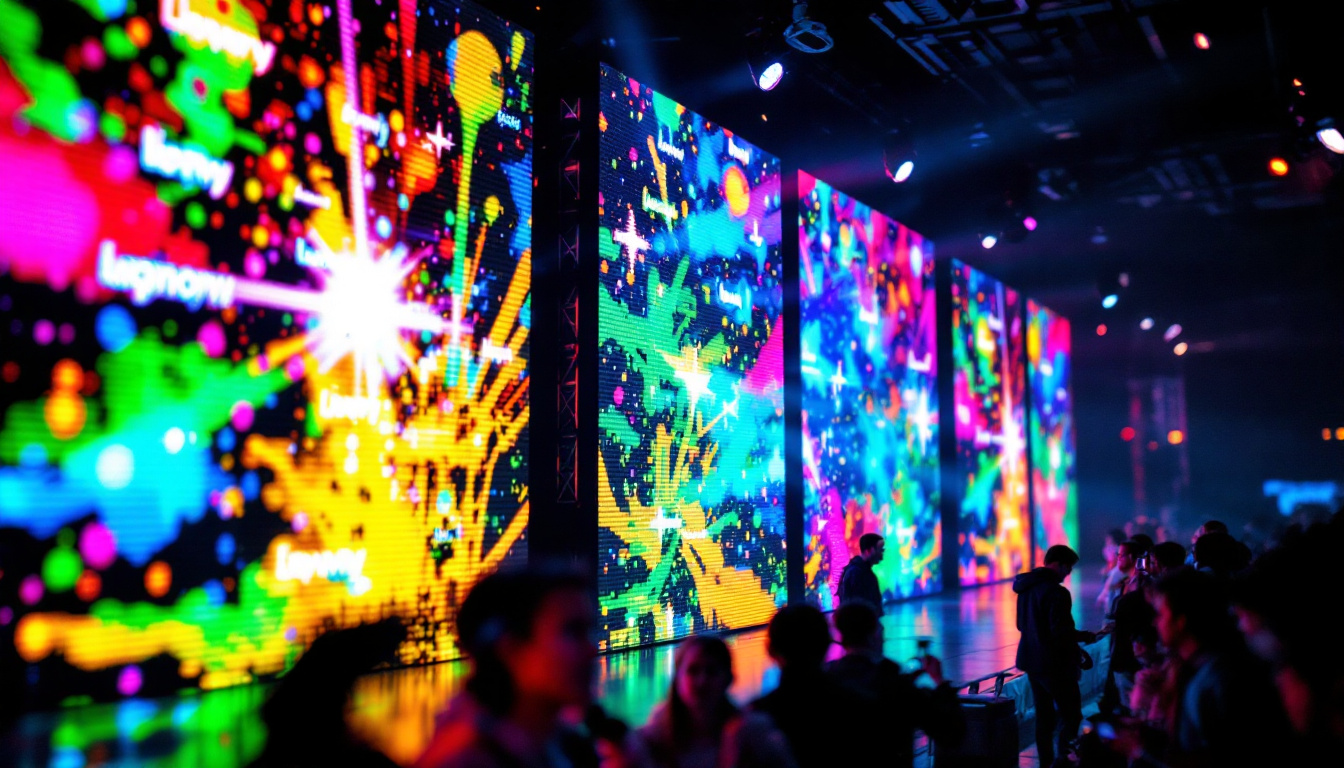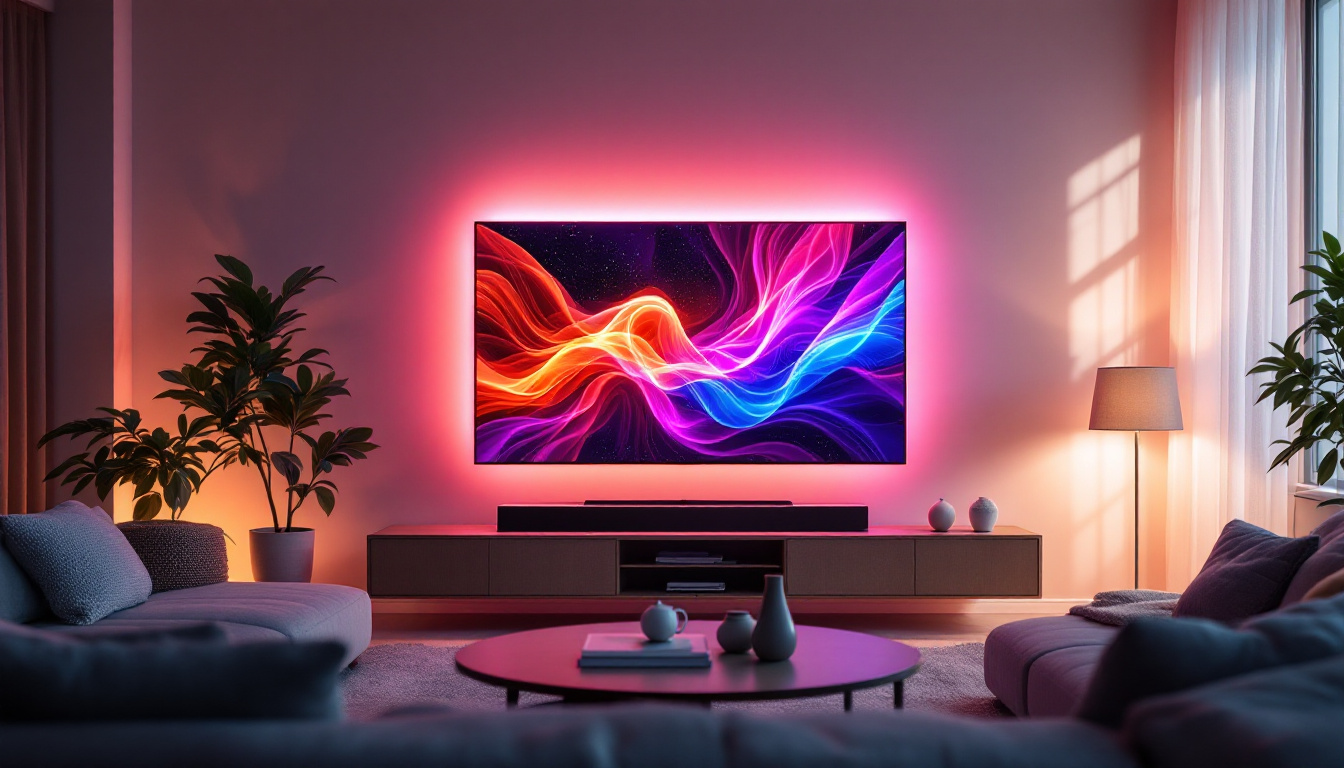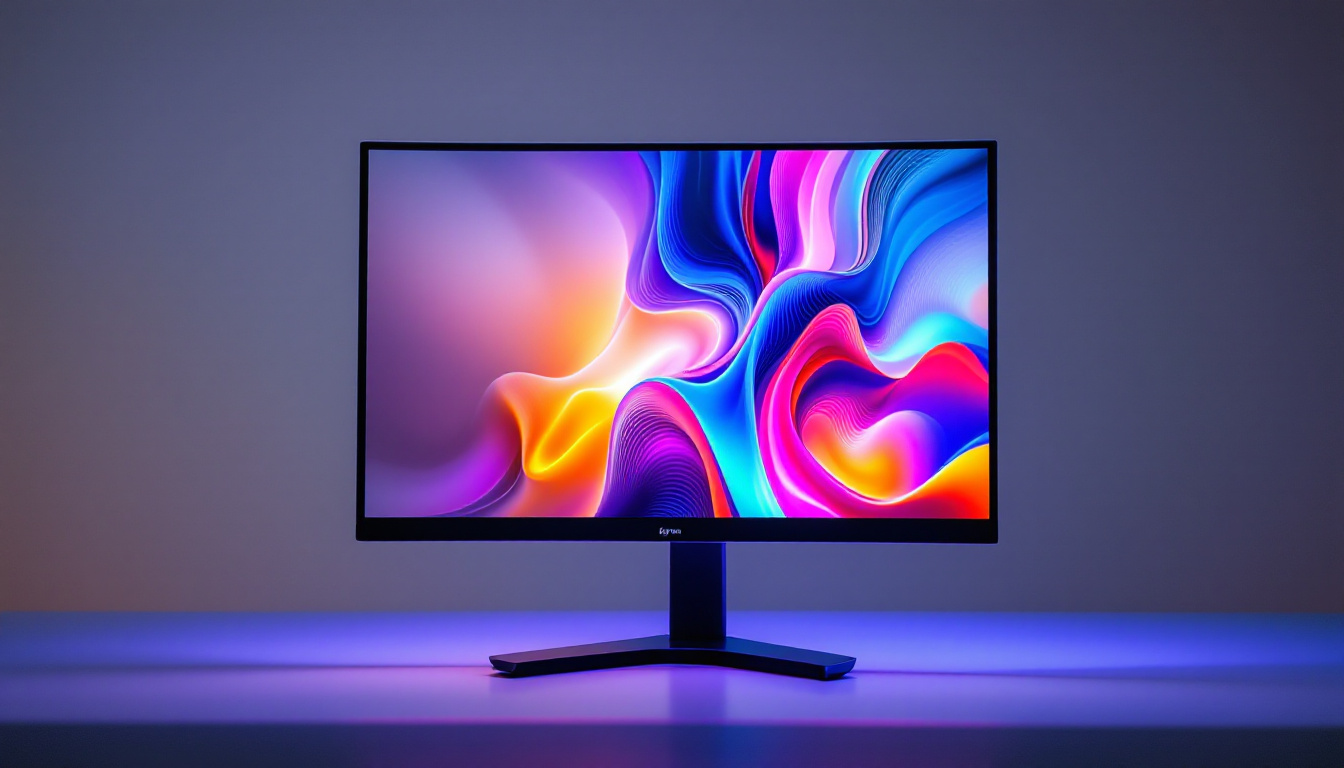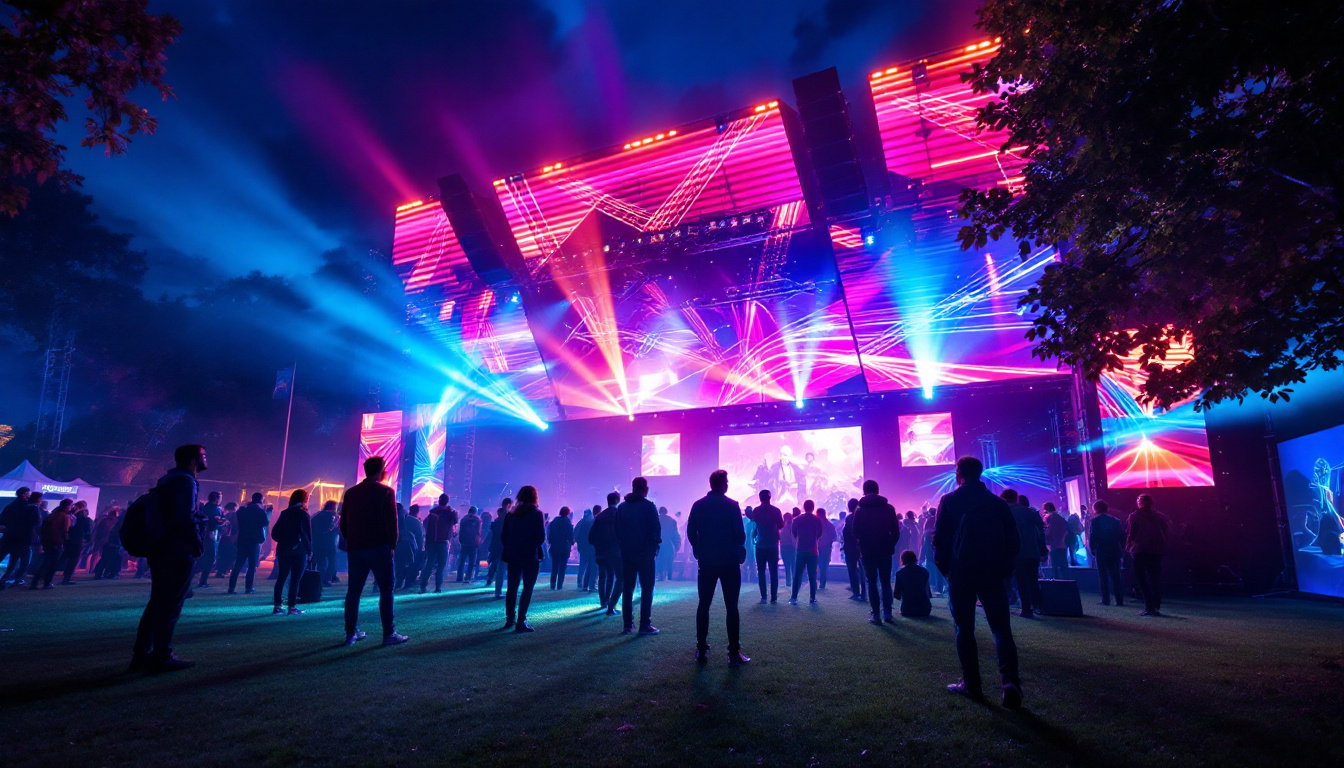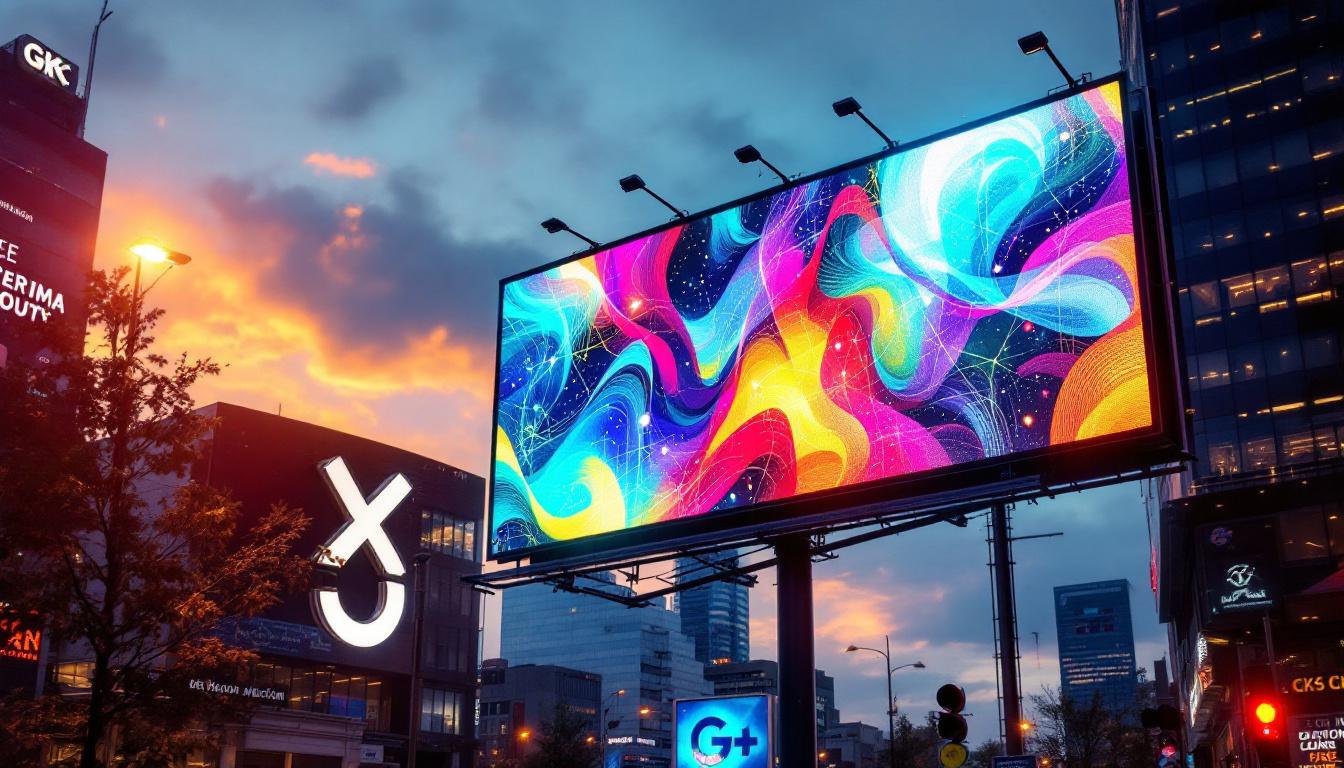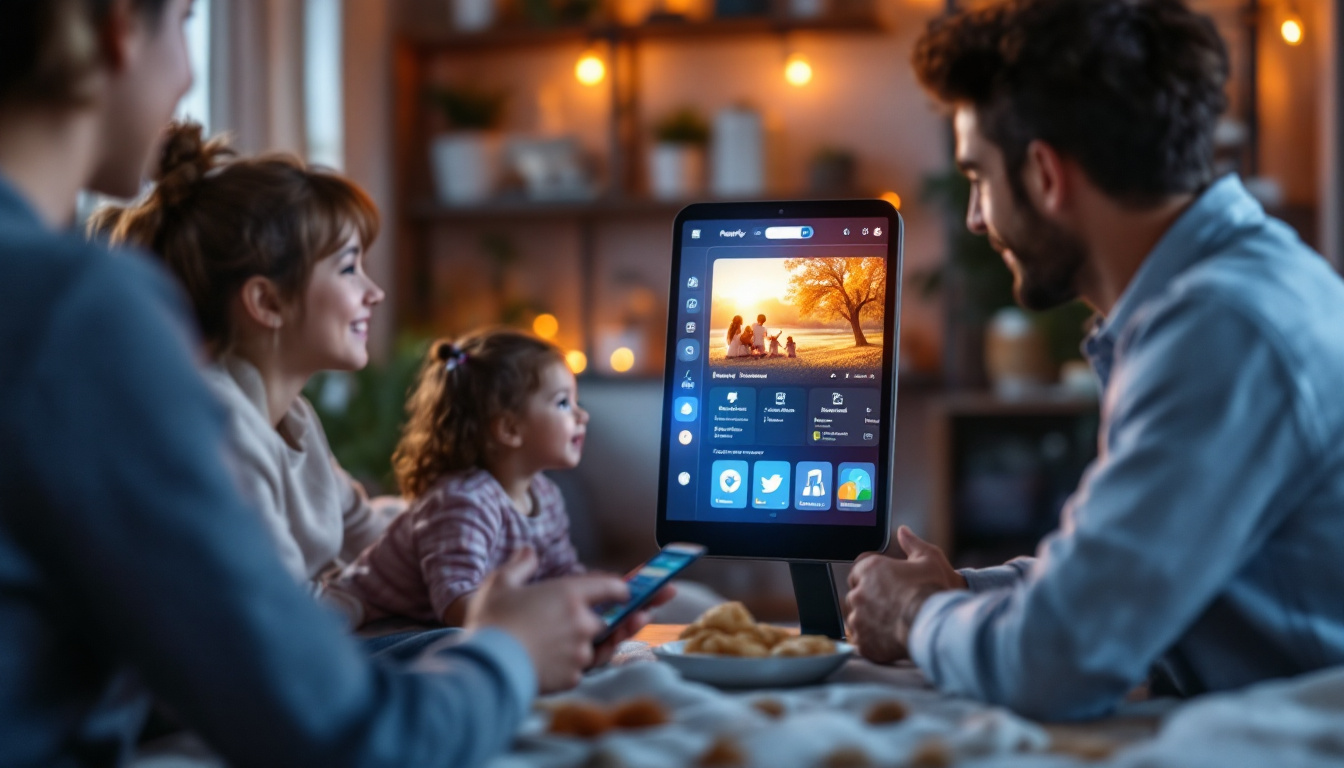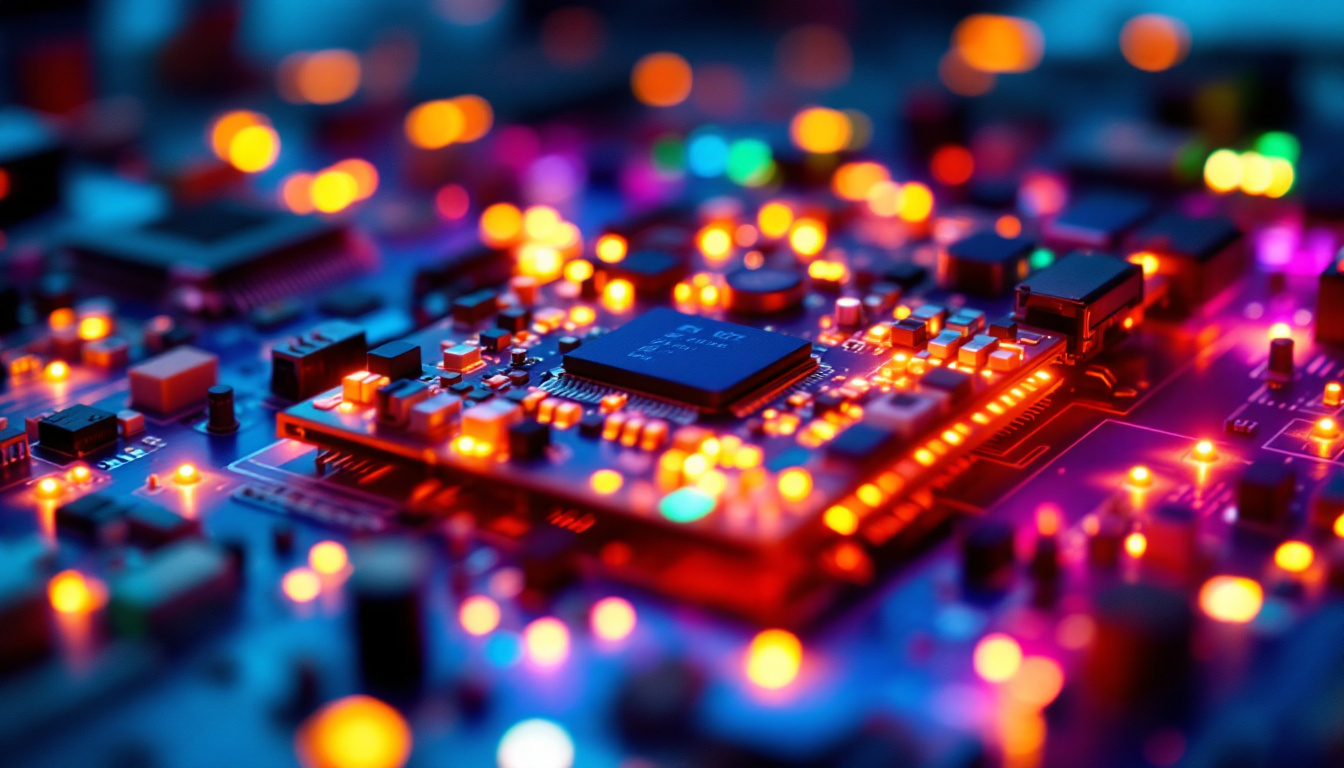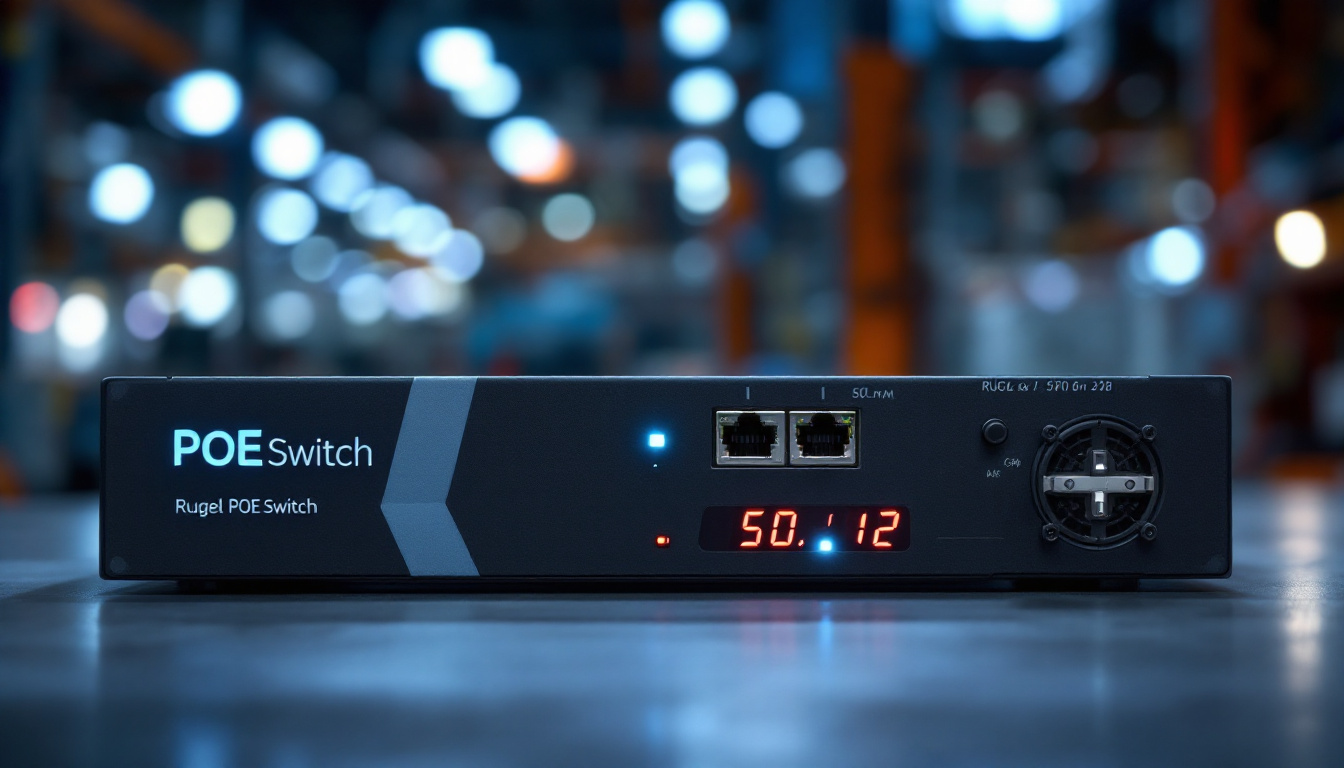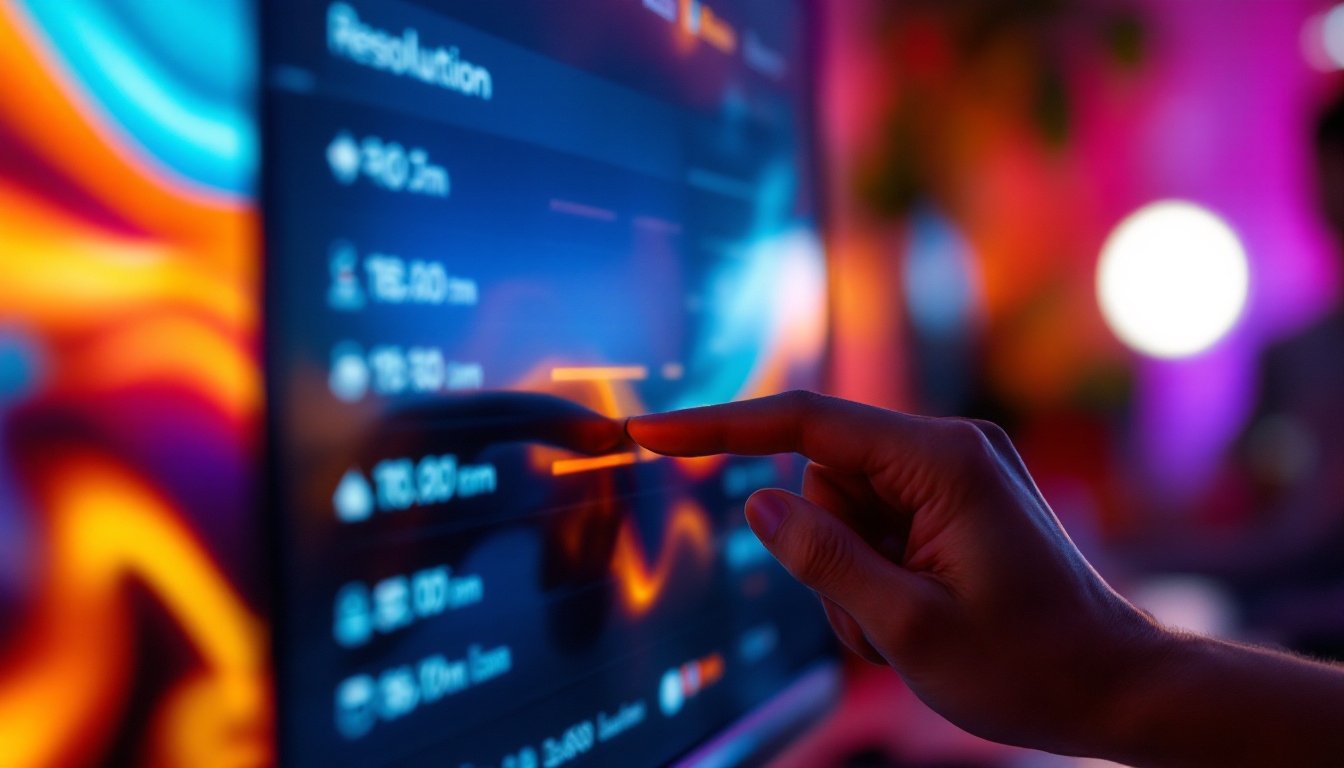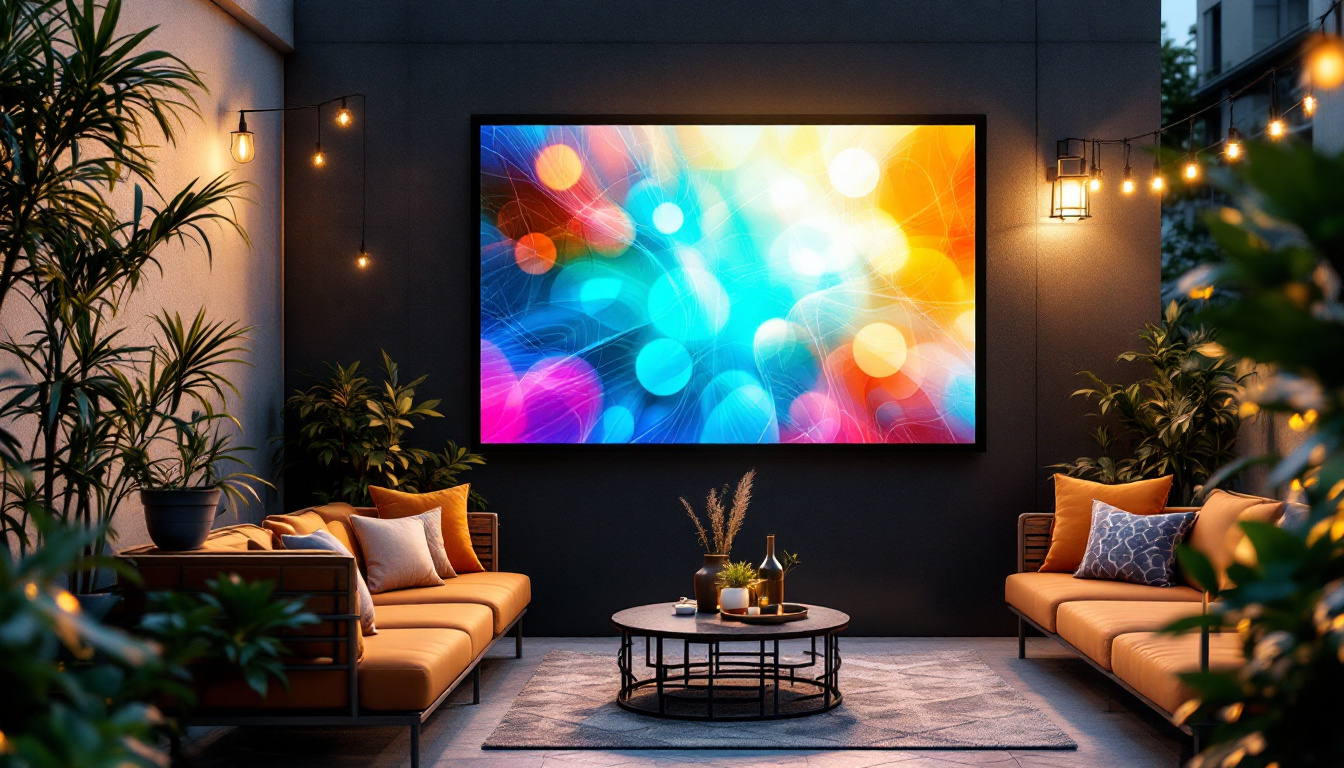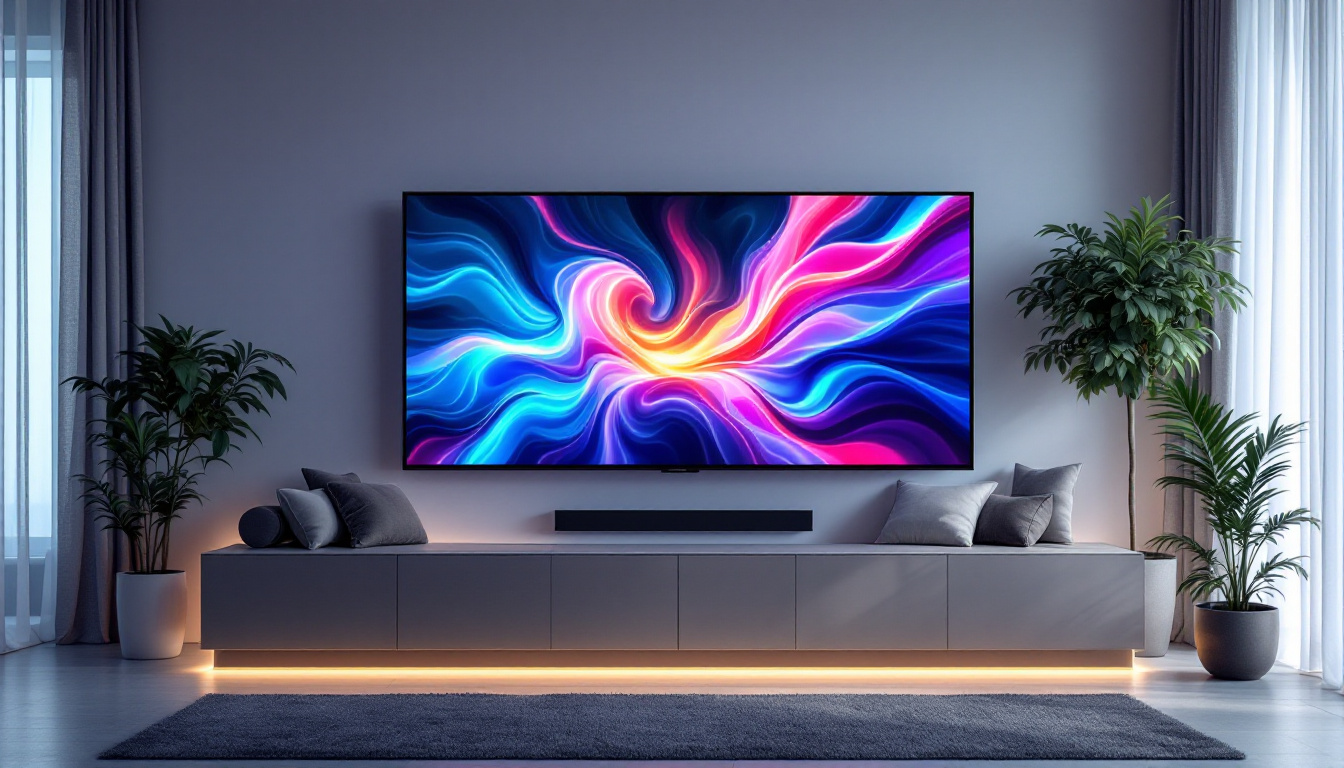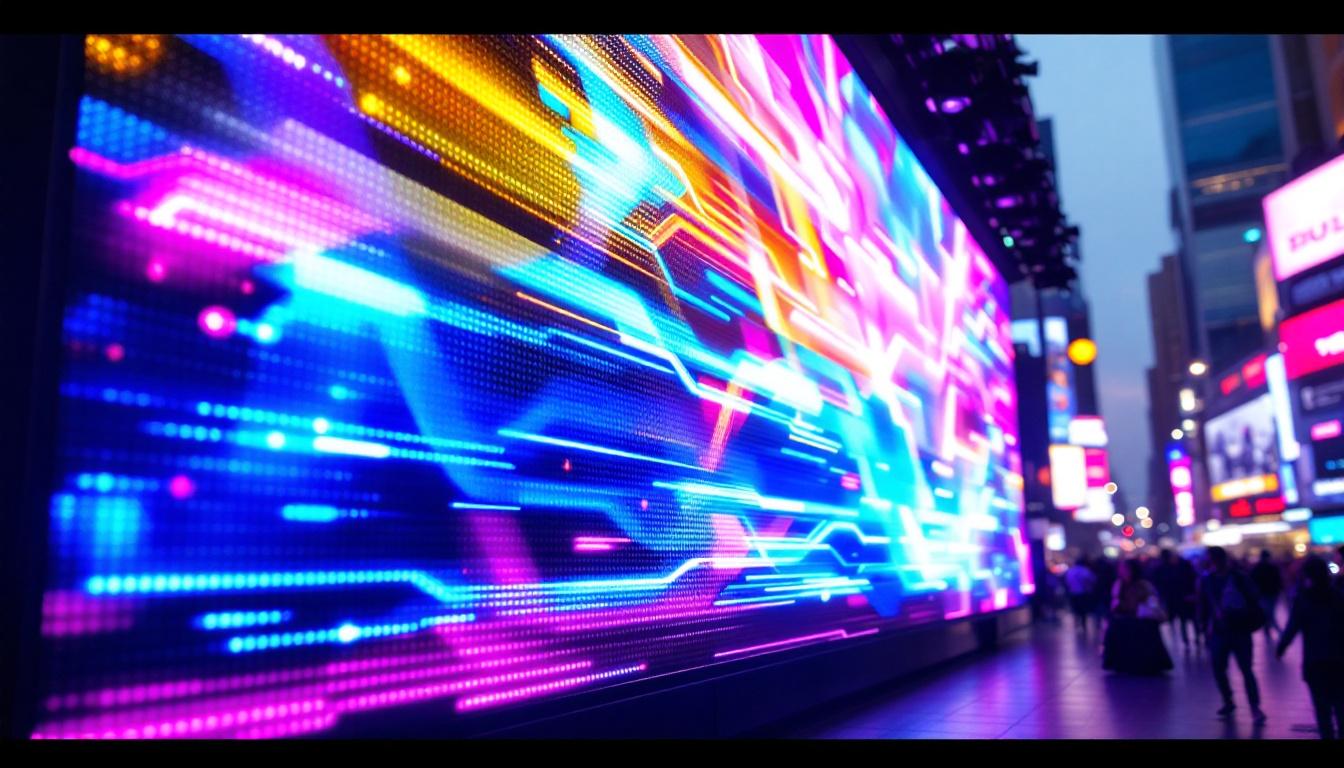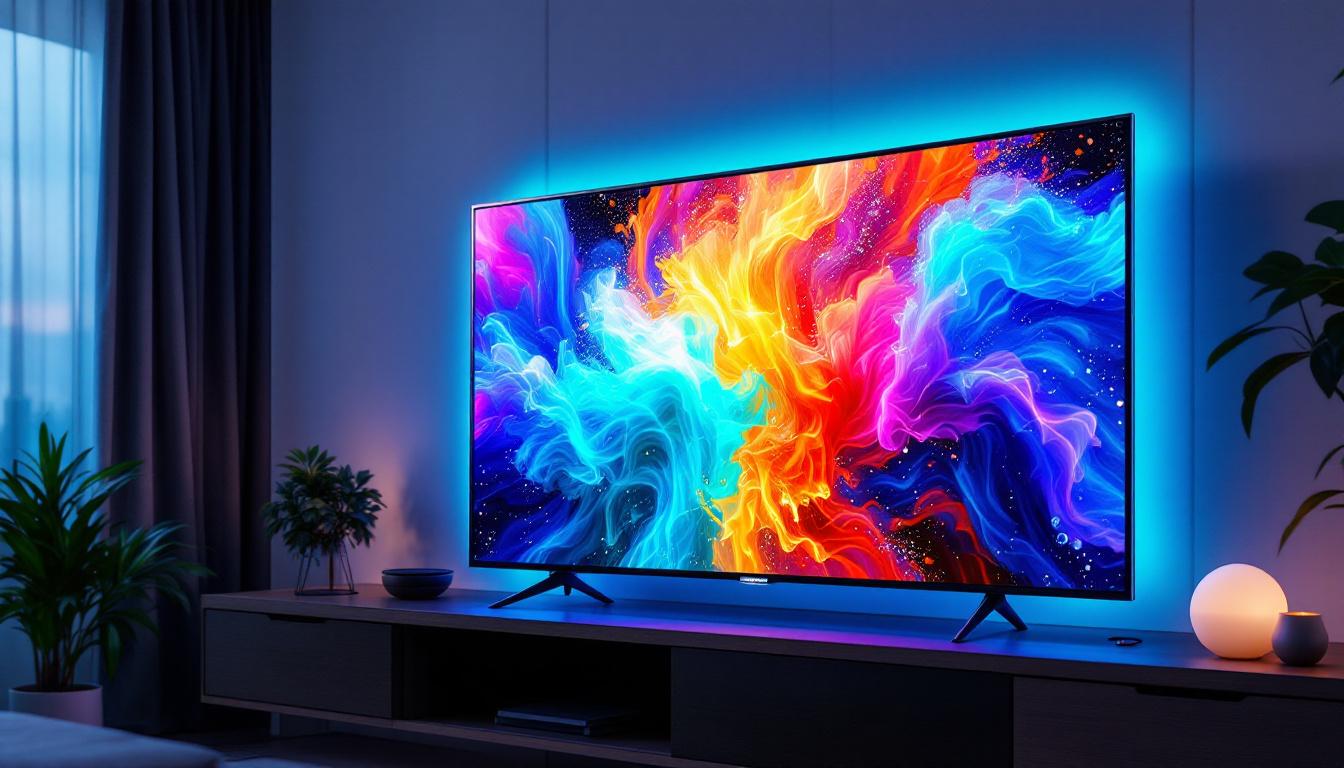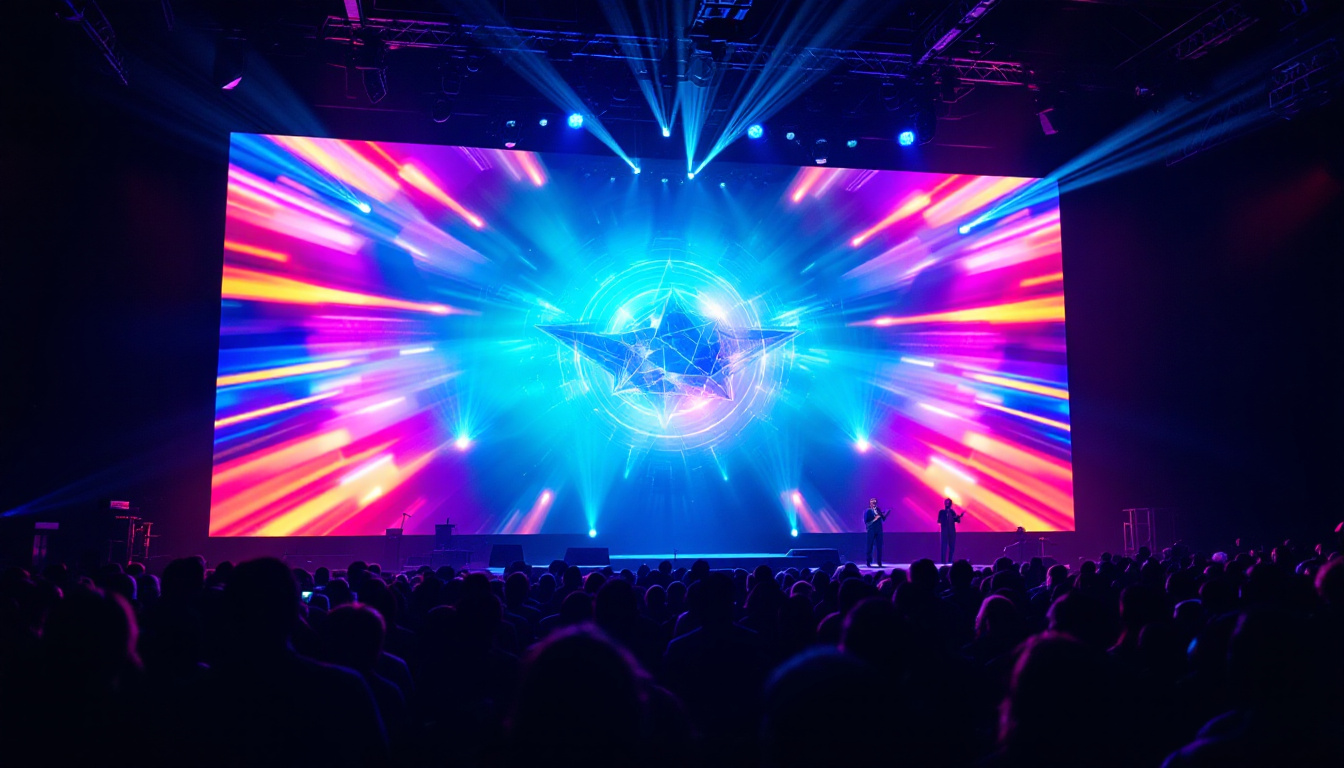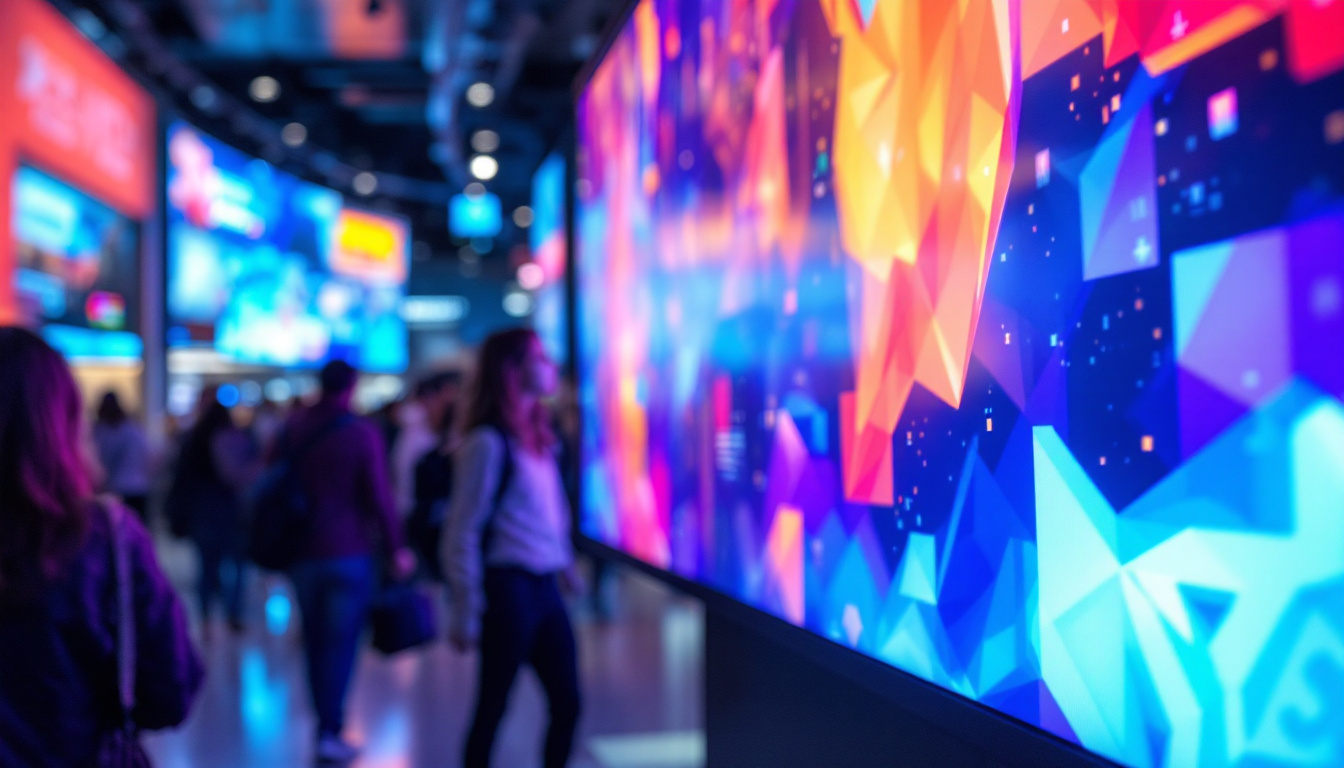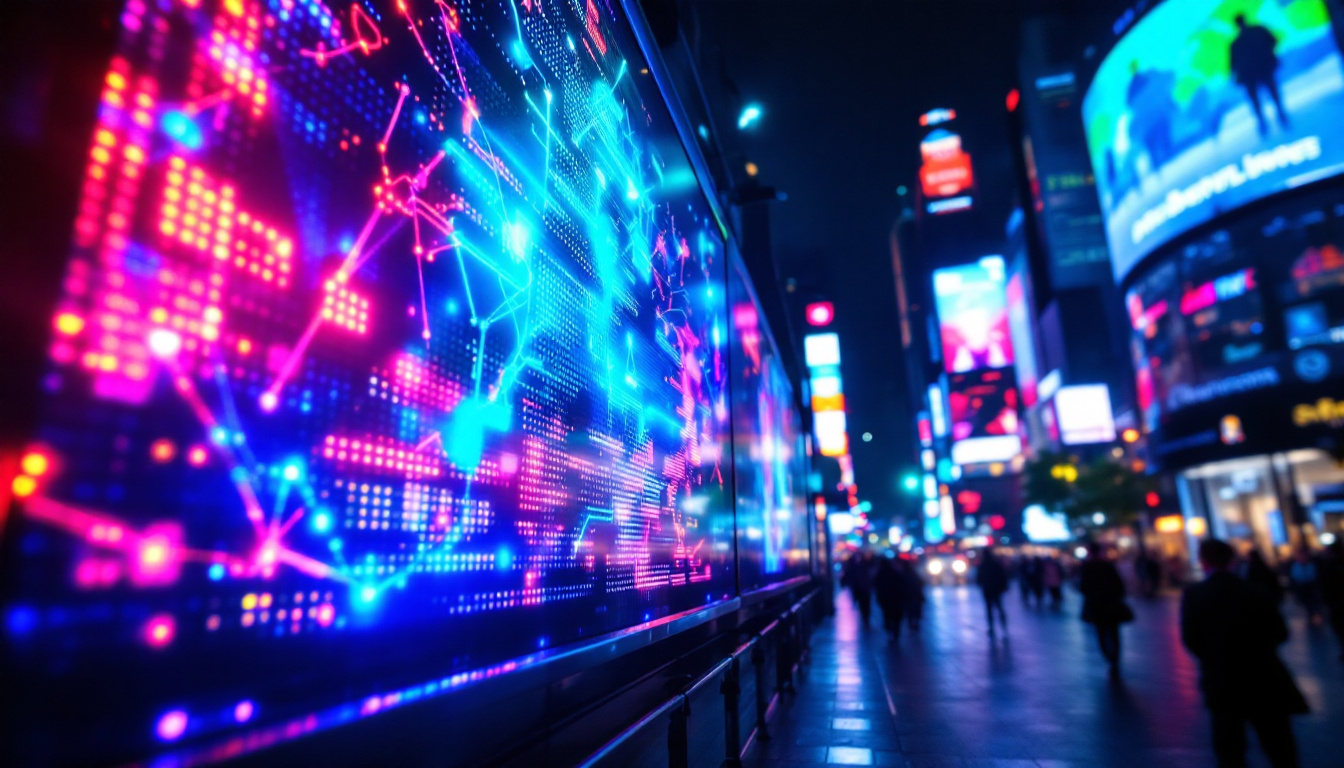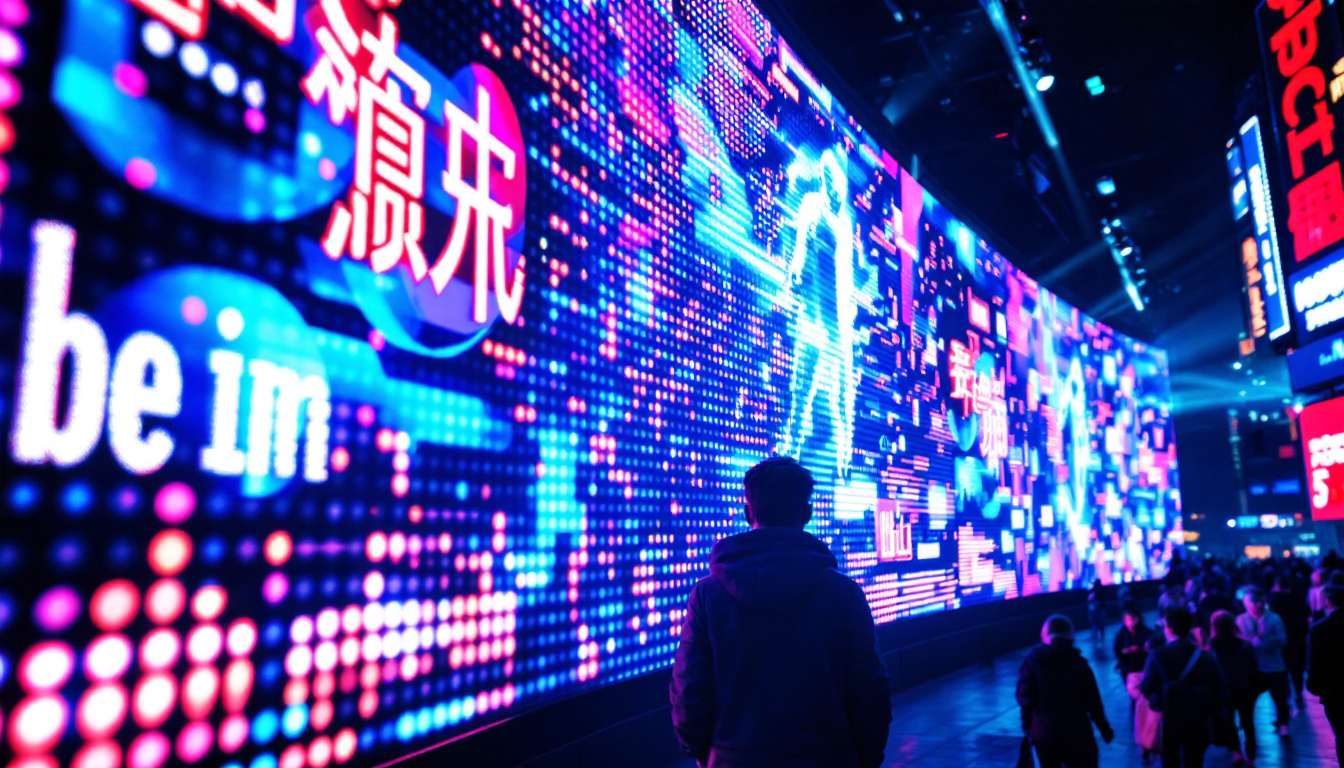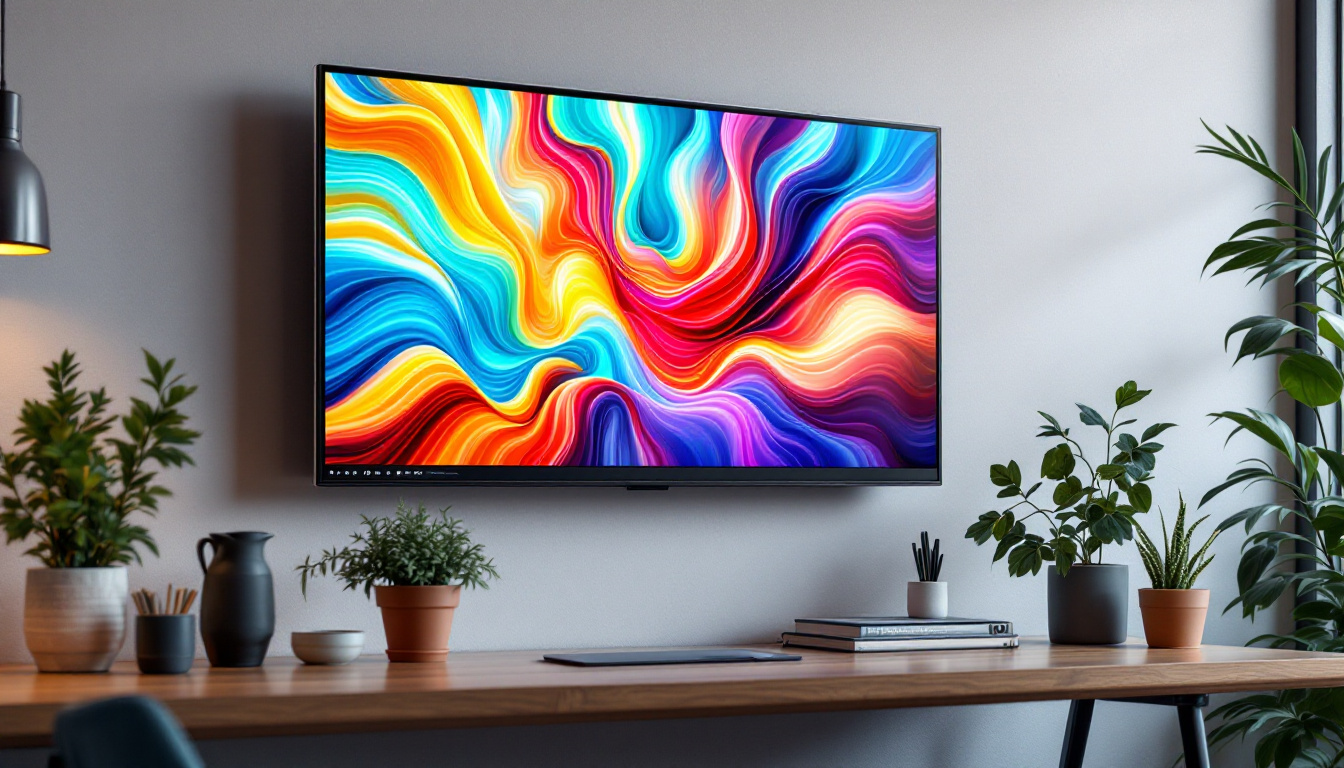In the modern world, technology has transformed the way we interact with information. Among the most impressive advancements is the giant touch screen LED display, which has found applications in various fields, from advertising to education and beyond. This article delves into the intricacies of giant touch screens, exploring their technology, benefits, and applications.
Understanding LED Technology
LED, or Light Emitting Diode, technology has revolutionized the display industry. Unlike traditional LCD screens, LED displays utilize diodes to produce light, resulting in brighter and more vibrant images. This section will explore the fundamentals of LED technology and its significance in giant touch screens.
How LED Displays Work
LED displays consist of a matrix of tiny diodes that emit light when an electric current passes through them. These diodes can be arranged in various configurations, allowing for different sizes and shapes of screens. The brightness and color depth of an LED display are determined by the number of diodes and their arrangement.
In giant touch screens, these diodes are often combined with touch-sensitive technology, enabling users to interact with the display directly. This interaction can be achieved through various methods, such as capacitive touch, infrared touch, or resistive touch, each offering unique advantages and applications. For instance, capacitive touch screens are highly responsive and support multi-touch gestures, making them ideal for interactive displays in educational and corporate environments. On the other hand, infrared touch technology is often used in larger installations, such as digital signage, where durability and robustness are essential.
Types of LED Displays
There are several types of LED displays, each suited for specific applications. The most common types include:
- Direct View LED: These displays are made up of individual LED modules that form a larger screen. They are known for their high brightness and are often used in outdoor advertising.
- LED-backlit LCD: This technology combines traditional LCD panels with LED backlighting, providing improved brightness and contrast. They are commonly used in televisions and monitors.
- MicroLED: A newer technology, MicroLED displays consist of microscopic LEDs that create images without the need for a backlight. They offer exceptional color accuracy and energy efficiency.
In addition to these common types, there are also specialized LED displays designed for niche applications. For example, flexible LED displays can bend and curve, making them suitable for innovative architectural designs or wearable technology. Furthermore, transparent LED displays are gaining popularity in retail environments, allowing products behind the screen to be visible while still displaying dynamic content. This versatility showcases the adaptability of LED technology across various industries, from entertainment to education, enhancing user experiences in ways that were previously unimaginable.
Another significant advancement in LED technology is the development of high dynamic range (HDR) displays. These screens can produce a wider range of colors and contrast levels, resulting in more lifelike images. HDR technology is particularly beneficial in applications such as gaming and film, where visual quality is paramount. As LED technology continues to evolve, we can expect even more innovations that will further enhance the way we interact with digital content.
The Advantages of Giant Touch Screens
Giant touch screens offer a multitude of benefits that make them an attractive option for various applications. Their versatility, interactivity, and visual appeal contribute to their growing popularity in different sectors.
Enhanced Interactivity
One of the most significant advantages of giant touch screens is their ability to facilitate interactive experiences. Users can engage with content in a dynamic way, whether it’s through navigating a digital map, playing educational games, or participating in collaborative projects. This level of interactivity enhances user engagement and retention, making it particularly valuable in educational and corporate environments. For instance, in classrooms, teachers can use these screens to conduct interactive lessons that allow students to participate actively, fostering a more engaging learning atmosphere. Additionally, in corporate settings, team members can brainstorm ideas on the screen, making meetings more productive and collaborative.
High Visibility and Impact
Giant touch screens are designed to capture attention. Their large size and vibrant colors make them ideal for advertising and promotional purposes. Businesses can leverage these displays to showcase their products or services in a visually striking manner, which can lead to increased foot traffic and sales. Moreover, the high resolution of these screens ensures that images and videos are displayed with remarkable clarity, making advertisements more effective. Companies can also use these screens to display real-time data or customer testimonials, further enhancing their marketing strategies and creating a more immersive experience for potential customers.
Versatile Applications
The versatility of giant touch screens allows them to be used in a wide range of environments. From retail spaces and trade shows to classrooms and conference rooms, these displays can adapt to various needs. Their ability to display multimedia content, such as videos and animations, further enhances their functionality across different sectors. In healthcare, for example, giant touch screens can be used in waiting rooms to provide patients with information about services or health tips, improving the overall patient experience. Similarly, in museums, these screens can serve as interactive exhibits, allowing visitors to explore artifacts and learn more about history in an engaging way, thereby enriching their visit.
Applications in Various Industries
The applications of giant touch screens span across numerous industries, each benefiting from the unique features these displays offer. Here are some notable examples:
Education
In educational settings, giant touch screens serve as powerful teaching tools. They allow educators to present information in an engaging manner, fostering collaboration among students. Interactive lessons can be created, enabling students to participate actively in their learning process. Additionally, these screens can be used for remote learning, connecting students and teachers in real-time. The ability to annotate directly on the screen during lessons encourages a more dynamic interaction, allowing students to visualize complex concepts and engage in problem-solving exercises. Furthermore, many educational institutions are utilizing these screens for group projects, where students can work together, share ideas, and present their findings in a collaborative environment, ultimately enhancing their teamwork skills.
Retail and Advertising
Retailers have embraced giant touch screens as a means to enhance the shopping experience. These displays can be used for digital signage, interactive product catalogs, and promotional content. Shoppers can explore products, check prices, and even make purchases directly from the screen, streamlining the buying process and improving customer satisfaction. Moreover, the integration of augmented reality features allows customers to visualize products in their own space, such as trying on clothes virtually or seeing how furniture would look in their homes. This immersive experience not only captivates customers but also drives sales by reducing the uncertainty often associated with online shopping. Additionally, retailers can gather valuable data on customer interactions with these screens, enabling them to tailor marketing strategies and improve inventory management.
Corporate and Business Use
In the corporate world, giant touch screens are becoming essential tools for presentations and meetings. They facilitate collaboration among team members, allowing for real-time brainstorming and idea sharing. Additionally, these displays can be integrated with video conferencing tools, making remote meetings more interactive and engaging. The ability to share documents and presentations directly on the screen enhances clarity and focus during discussions, ensuring that all participants are on the same page. Furthermore, many companies are utilizing these screens for training sessions, where employees can engage with interactive content and simulations that enhance their learning experience. This innovative approach not only boosts retention rates but also fosters a culture of continuous improvement and adaptability within the workforce, essential traits in today’s fast-paced business environment.
Challenges and Considerations
While giant touch screens offer numerous benefits, they are not without challenges. Understanding these challenges is crucial for businesses and organizations considering their implementation.
Cost Implications
One of the primary challenges associated with giant touch screens is the initial investment. High-quality displays can be expensive, and organizations must weigh the costs against the potential benefits. Additionally, ongoing maintenance and updates can add to the overall expenditure.
Space Requirements
Giant touch screens require significant space for installation. Organizations must ensure that they have adequate room to accommodate these displays without obstructing foot traffic or creating safety hazards. Proper planning and layout design are essential to maximize the effectiveness of the installation.
Technical Issues
As with any technology, giant touch screens can encounter technical issues. These may include software glitches, hardware malfunctions, or connectivity problems. Organizations must have a plan in place for troubleshooting and maintenance to minimize downtime and ensure a seamless user experience.
Future Trends in Giant Touch Screen Technology
The future of giant touch screens looks promising, with several trends emerging that are likely to shape their development and application. Staying informed about these trends can help organizations make strategic decisions regarding their use.
Integration with Artificial Intelligence
As artificial intelligence (AI) continues to advance, its integration with giant touch screens is expected to enhance user experiences. AI can enable personalized content delivery, predictive analytics, and improved interactivity. For instance, AI-driven touch screens could analyze user behavior to suggest relevant content, making interactions more engaging and efficient.
Improved Touch Sensitivity and Accuracy
Future developments in touch technology are likely to focus on enhancing sensitivity and accuracy. Innovations such as haptic feedback and pressure sensitivity could make interactions more intuitive and responsive. This would not only improve user experience but also expand the range of applications for giant touch screens.
Eco-Friendly Solutions
As sustainability becomes a priority for many organizations, the demand for eco-friendly technology is on the rise. Future giant touch screens may incorporate energy-efficient components and materials, reducing their environmental impact. Additionally, advancements in recycling and disposal methods could further promote sustainability in the display industry.
Conclusion
Giant touch screens represent a significant advancement in display technology, offering unparalleled interactivity and visual impact. Their applications in education, retail, and corporate environments demonstrate their versatility and effectiveness in enhancing user experiences. While challenges such as cost and space requirements exist, the benefits often outweigh these concerns.
As technology continues to evolve, the future of giant touch screens appears bright. With trends pointing towards greater integration with AI, improved touch sensitivity, and a focus on sustainability, these displays are poised to play an increasingly important role in various sectors. Organizations that embrace this technology can enhance their operations, engage their audiences, and stay ahead in a rapidly changing digital landscape.
Discover the Future of Visual Engagement with LumenMatrix
Ready to elevate your space with the ultimate interactive display solution? LumenMatrix is at the forefront of LED display innovation, offering a diverse range of products that bring your content to life. From captivating Indoor and Outdoor LED Wall Displays to dynamic Vehicle and Sports LED Displays, our technology is designed to make a lasting impression. Experience the power of our Custom, All-in-One, and Transparent LED Displays, and see how we’re redefining visual communication. Don’t just take our word for it; check out LumenMatrix LED Display Solutions today and join the revolution in creating immersive visual experiences.

